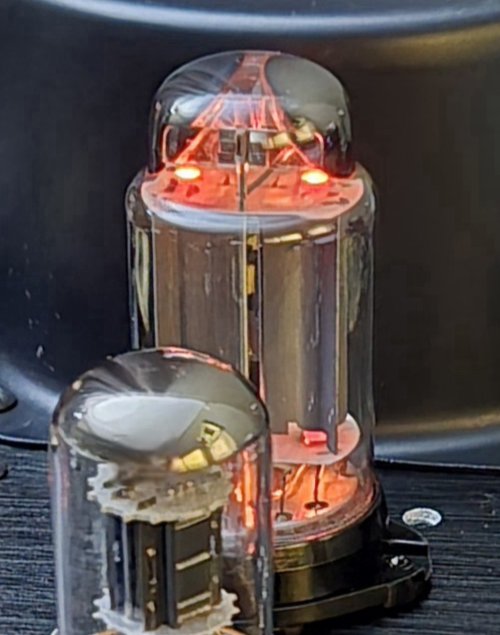Well, I can't answer these questions outside of what internet searches will tell me and you, as I have not had the time to do these specific measurement tests myself yet.
I can say, frequency response alone (which is definitely not the whole picture, even in the non-musical regions, unless ofc the freq responses in said non-musical region are so abrupt, they end up impacting the musical regions, obviously) between a fully passive power supply and a regulated power supply in my circuit, which again, obviously will change things considerably so, in the musical and non-musical regions due to the active gyrator loads, versus entirely resistive loaded amp, are fairly the same. That said, undesirable traits in our amps such as ringing isn't going to show up here, waveform tests such as one described using a squarewave will though.
However, IMD and noise floor, especially caused by mains (60Hz and 120Hz, again, obvious) are both significantly improved. Other tests that require the AD3s scope and waveform generator have not been done yet, otherwise, I would have shared the results, obviously.


























